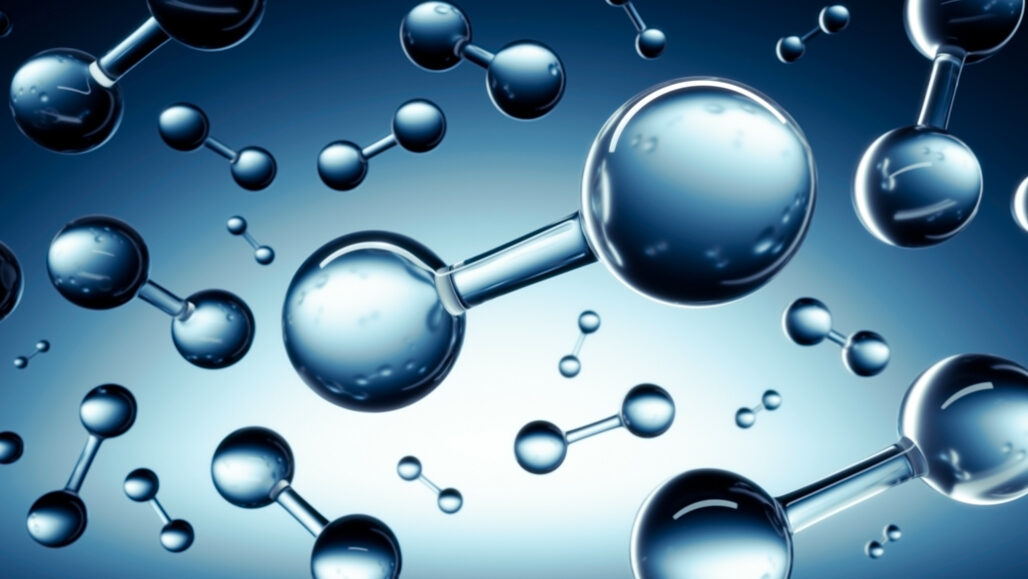atom: The basic unit of a chemical element. Atoms are made up of a dense nucleus that contains positively charged protons and uncharged neutrons. The nucleus is orbited by a cloud of negatively charged electrons.
diameter: The length of a straight line that runs through the center of a circle or spherical object, starting at the edge on one side and ending at the edge on the far side.
electron: A negatively charged particle, usually found orbiting the outer regions of an atom; also, the carrier of electricity within solids.
hydrogen: The lightest element in the universe. As a gas, it is colorless, odorless and highly flammable. It’s an integral part of many fuels, fats and chemicals that make up living tissues. It’s made of a single proton (which serves as its nucleus) orbited by a single electron.
microscope: An instrument used to view objects, like bacteria, or the single cells of plants or animals, that are too small to be visible to the unaided eye.
molecule: An electrically neutral group of atoms that represents the smallest possible amount of a chemical compound. Molecules can be made of single types of atoms or of different types. For example, the oxygen in the air is made of two oxygen atoms (O2), but water is made of two hydrogen atoms and one oxygen atom (H2O).
particle: A minute amount of something.
photon: A particle representing the smallest possible amount of light or other type of electromagnetic radiation.
physicist: A scientist who studies the nature and properties of matter and energy.
quantum: (pl. quanta) A term that refers to the smallest amount of anything, especially of energy (light) or subatomic mass.
speed of light: A constant often used in physics, corresponding to 1.08 billion kilometers (671 million miles) per hour.
universe: The entire cosmos: All things that exist throughout space and time. It has been expanding since its formation during an event known as the Big Bang, some 13.8 billion years ago (give or take a few hundred million years).
wave: A disturbance or variation that travels through space and matter in a regular, oscillating fashion.
X-ray: A type of radiation analogous to gamma rays, but having somewhat lower energy.








